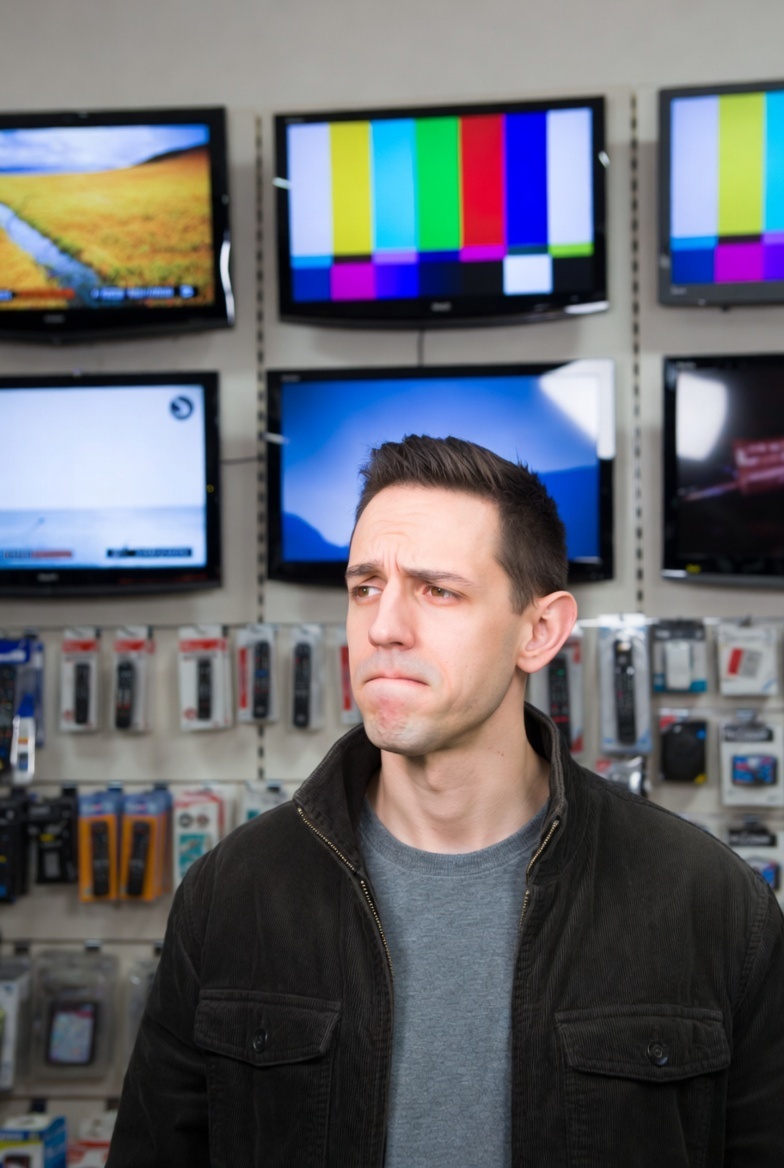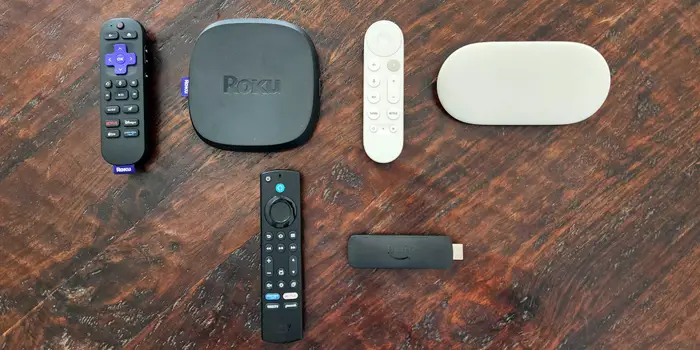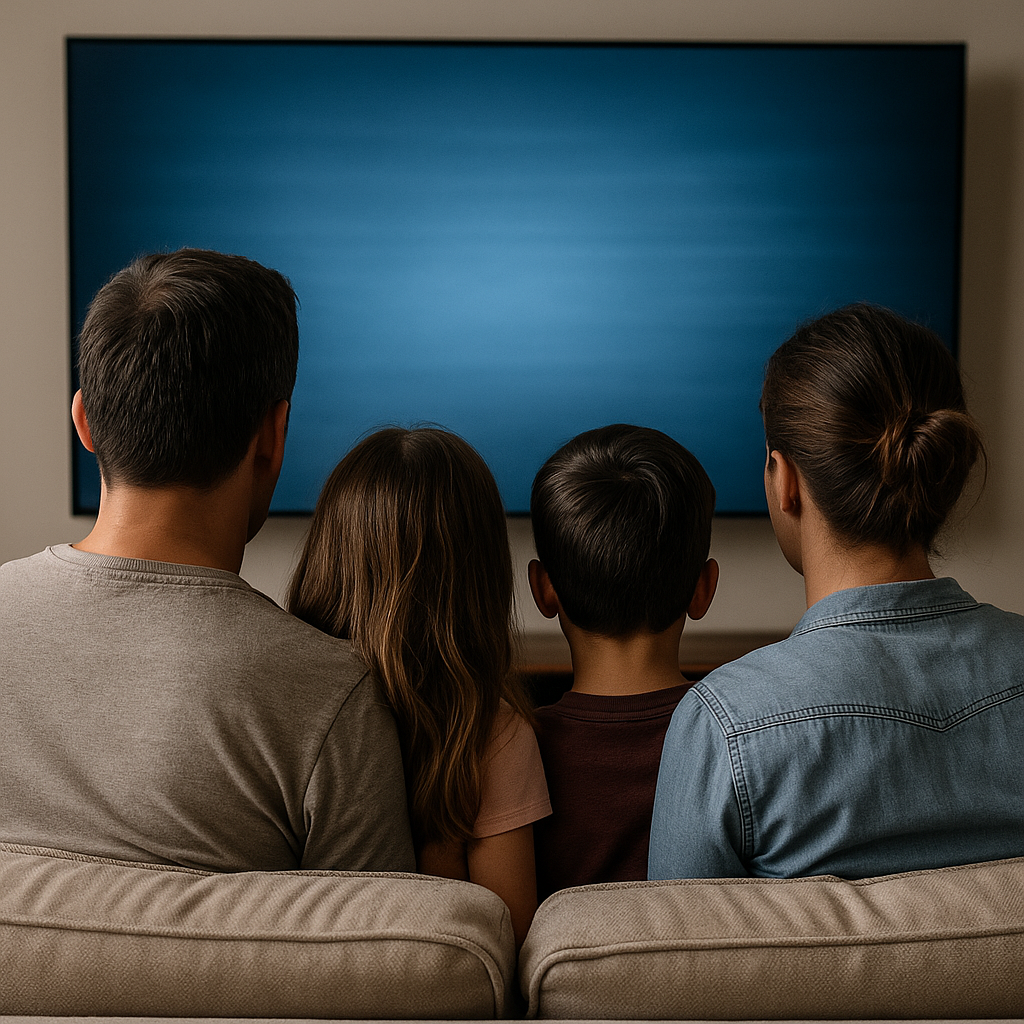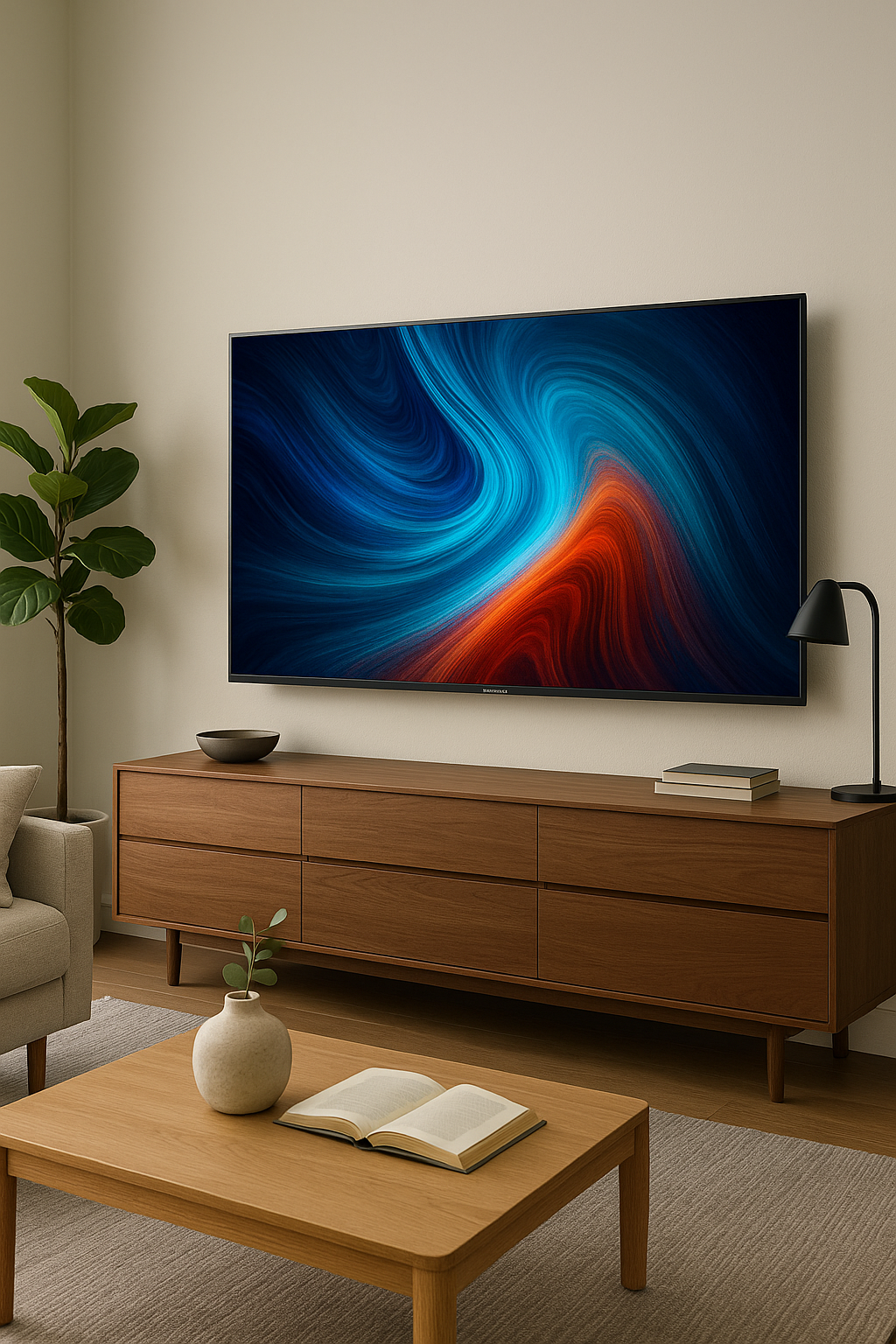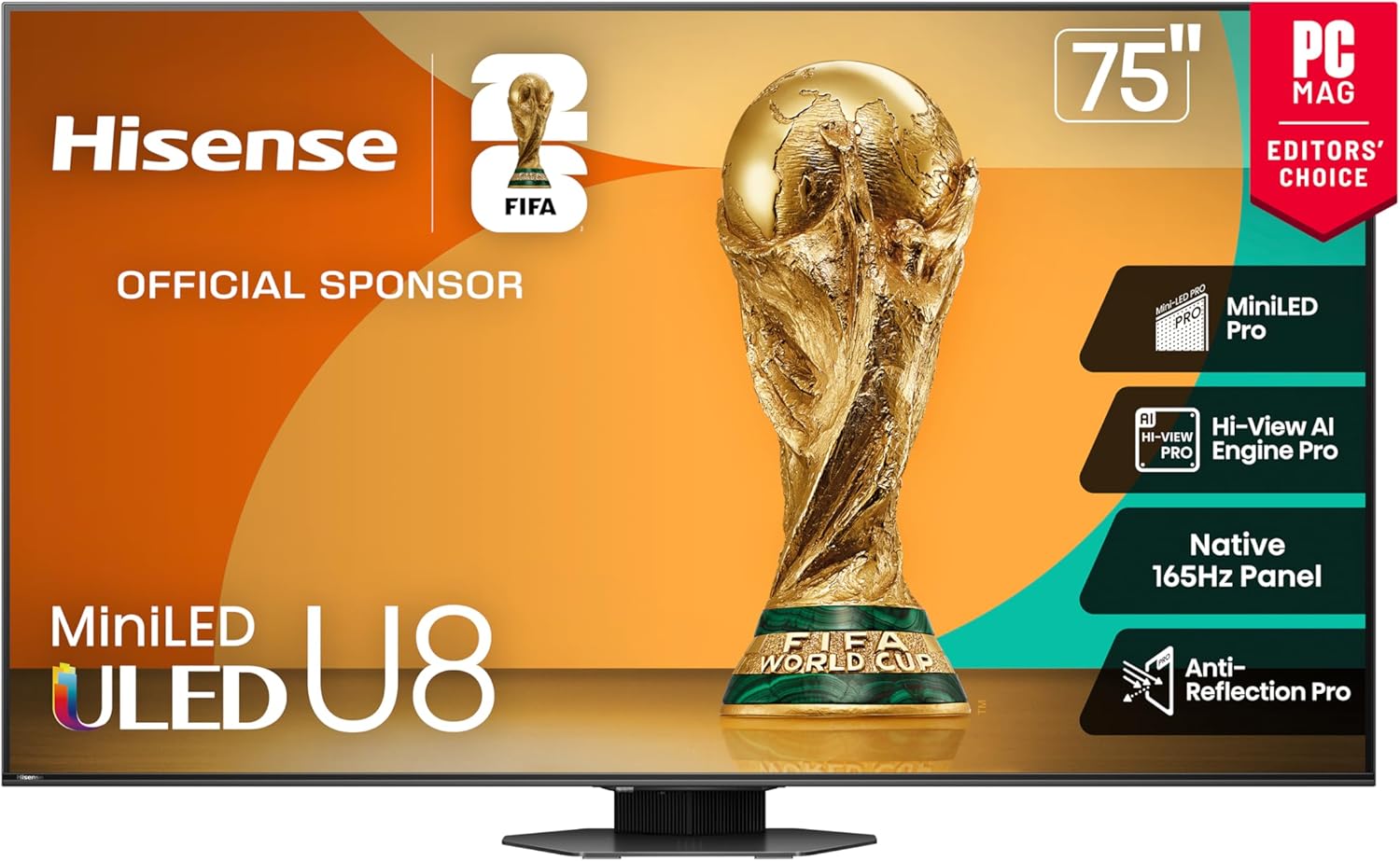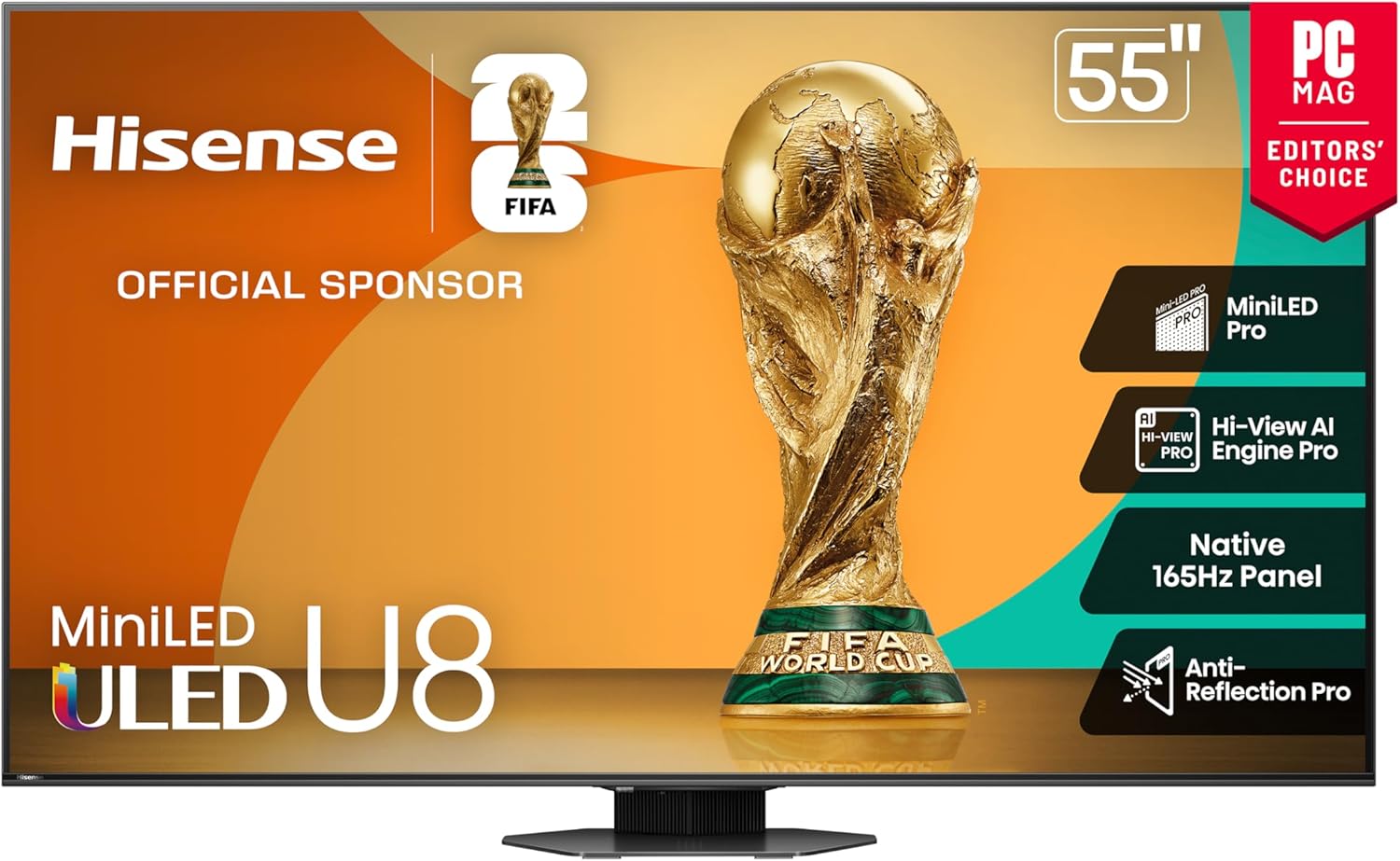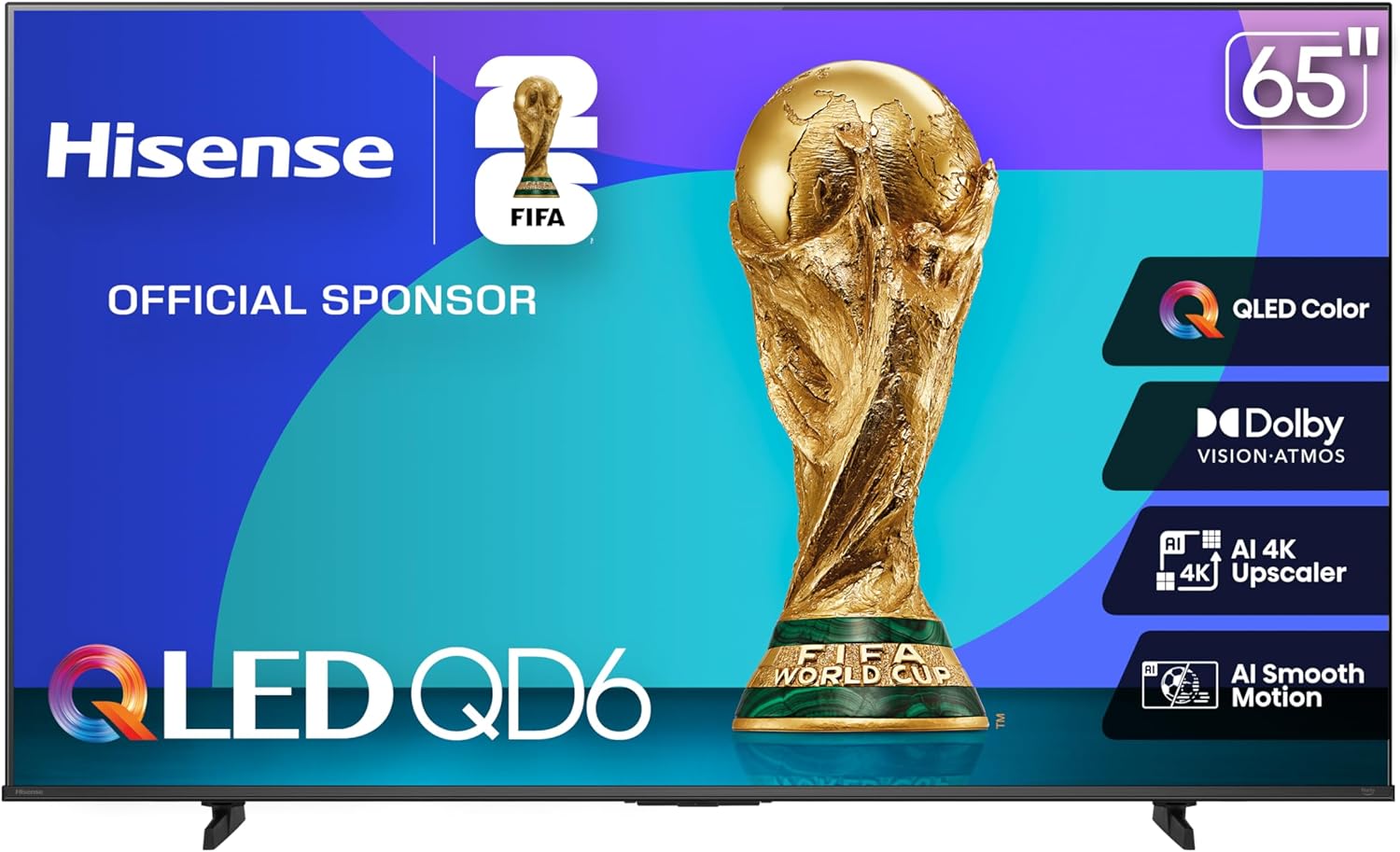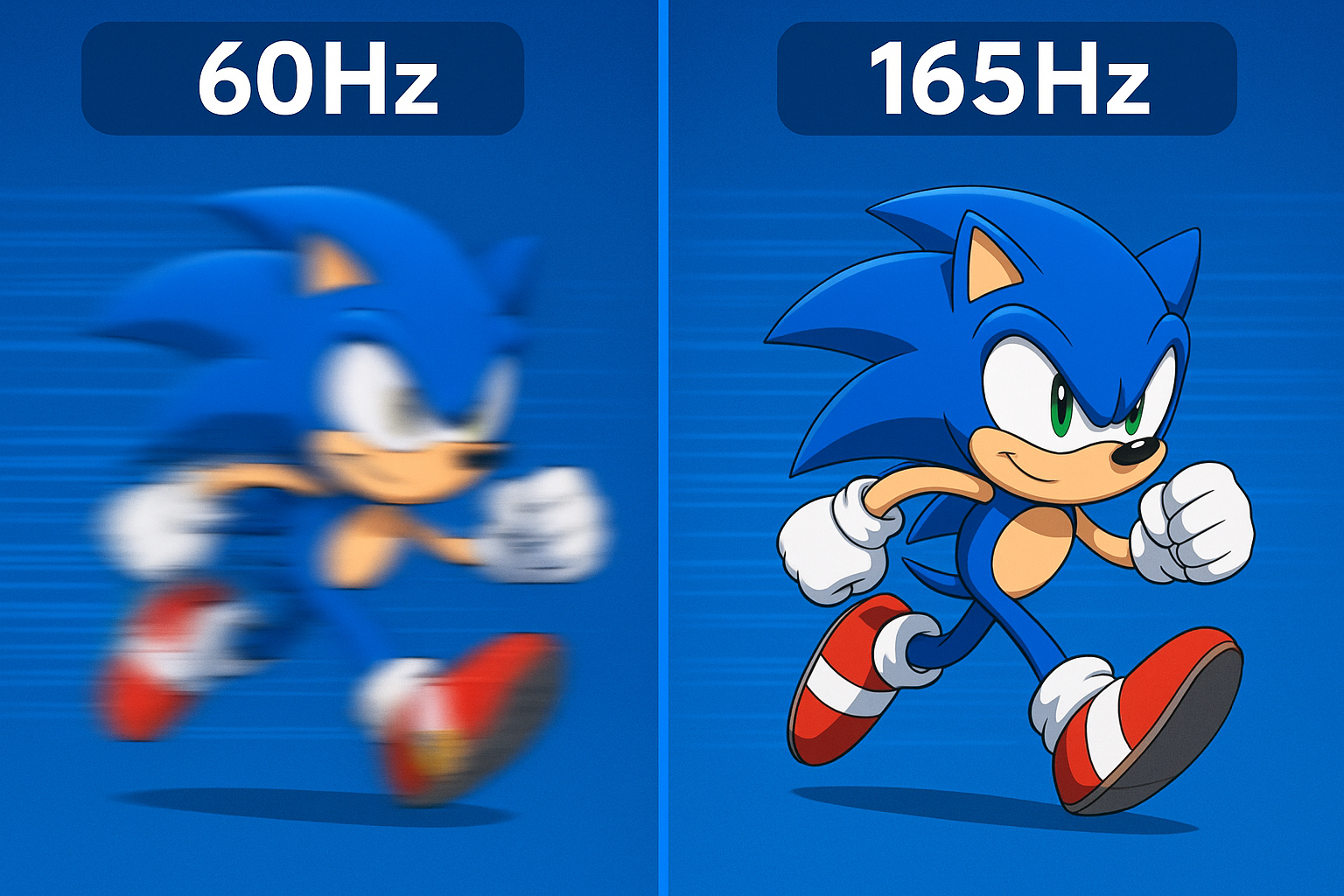Buying Guide · Brand Names vs Real TV Value
Should You Trust the Logo? Rethinking Brand Names When Buying a TV
For years, most TV buying decisions started at the same place: the logo on the bezel. Samsung, Sony, LG felt like “safe” options, while newer brands were treated as risky. But in 2025, that mindset can cost you real money, real performance, and real enjoyment. In this Technichole buying guide, we break down why putting too much stock in the brand name is a common mistake, how it wastes time and energy, and how value-focused buyers are getting better TVs by looking deeper than the logo.
How brand bias quietly drains your wallet
Big names earned their reputations. Sony built its name on processing and color accuracy. Samsung made waves with bright, punchy panels. LG helped popularize OLED. None of that is in dispute. The problem is assuming that any TV from those brands will automatically beat everything else on the shelf.
Inside each brand’s lineup, there is a huge spread between entry-level, mid-range, and flagship models. A lower-end Samsung or Sony often has fewer dimming zones, lower brightness, and stripped-down gaming features compared to a mid-range Hisense or TCL at the same price. That is where brand bias bites:
- You overpay for underperformance. The logo feels premium, but the panel and processing are basic.
- You waste time tweaking settings. Buyers keep adjusting motion, color, and brightness to “fix” a TV that was never built to be amazing in the first place.
- You overlook real innovation elsewhere. While legacy brands protect their premium tiers, value-driven brands are pushing Mini-LED, high refresh rates, and better HDR into mid-range price brackets.
The end result: you pay a logo tax, then still spend hours in menus trying to squeeze more out of a TV that was designed to hit a price point, not to be the best in class.
Conscious TV buyers look past the brand and into the specs
The savviest TV shoppers we talk to at Technichole start with a different question. Instead of “Which brand is best?”, they ask “Which TV gives me the best balance of panel tech, brightness, contrast, and gaming features for my room and budget?”
When you take the brand name out of the equation for a moment, you can focus on what actually matters:
- Panel type. Is it standard LED, QLED, Mini-LED, or OLED? A Mini-LED Hisense or TCL can deliver deeper contrast and better HDR than an entry-level LED from a more famous brand.
- Brightness and local dimming. How bright does the TV get for HDR? How many dimming zones does it have, and are they well controlled? These matter far more to real-world performance than the name on the box.
- Refresh rate and gaming support. Does it have a native 120Hz panel, HDMI 2.1, VRR, and ALLM? If you have a PS5, Xbox Series X, or gaming PC, these features are non-negotiable if you want the smoothest experience.
- Smart platform and usability. Is it running a modern interface like Google TV or Roku? Are there excessive ads, or is it clean and responsive? How easy is it to find what you want to watch?
Once you evaluate TVs through that lens, brand loyalty quickly becomes less important. You start seeing models for what they are, not for what the marketing implies.
Why a big brand logo doesn’t guarantee big brand performance
Let’s talk about how this plays out in real-world comparisons. Imagine two TVs side by side at the same price: a recognizable big-brand 55-inch and a lesser-known brand’s 55-inch Mini-LED. Many buyers automatically gravitate to the familiar logo, assuming it must be “safer” or “better.”
But underneath, the story can look like this:
- The big-brand model has a standard edge-lit or basic full-array panel, 60Hz refresh rate, mediocre HDR brightness, and limited gaming features.
- The value-brand model has Mini-LED backlighting, more local dimming zones, higher peak brightness, 120Hz refresh, and full HDMI 2.1 support.
In that situation, the logo is actively working against you. You are paying more, or the same, for fewer features and weaker performance. We see this often with entry-level Samsung, Sony, or LG sets compared to mid-range Hisense and TCL models designed to compete hard on specs and price.
Just because you are buying a Samsung or Sony does not mean you are automatically getting their best processing, their brightest panel, or their flagship build quality. Often, you are getting a carefully cut-down version meant for big-box store price tags and casual shoppers who never read a spec sheet.
How budget-friendly brands are quietly outperforming the old guard
The word “budget” used to mean compromise. Today, it often means “best bang for the buck.” Companies like Hisense and TCL have built their reputations by stuffing high-end tech into mid-range price brackets. You see features like:
- Mini-LED backlights with hundreds of dimming zones.
- Quantum dot color for wide color gamuts.
- Native 120Hz panels with 144Hz or higher gaming modes on select models.
- Robust gaming features like VRR, ALLM, and low input lag.
A few years ago, you had to buy a flagship from a big-name brand to get that combination. Now, you can often get it at a mid-range price from a so-called “budget” brand. For a conscious buyer, that is an opportunity, not a risk. It lets you:
- Buy a larger screen at the same budget range.
- Leave room for a proper soundbar and subwoofer, instead of relying on weak TV speakers.
- Future-proof your setup for gaming and next-gen streaming without going over budget.
The point is not that big brands are bad. Many of their higher-end models are still excellent. The point is that in the middle of the lineup, where most people actually shop, value brands are competing fiercely—and often winning—on pure performance and features.
Why this matters even more for home theater setups
When you are building a home theater or just trying to get a living room setup that feels special, where your money goes matters a lot. If half your budget disappears into the logo on the front of the TV, you are forced to compromise somewhere else: smaller screen, weaker audio, fewer accessories, or older gaming hardware.
Choosing a high-performing, budget-friendly TV gives you breathing room. You can:
- Step up one screen size for more immersion at the same price.
- Add a soundbar and subwoofer that dramatically improve dialogue clarity and bass.
- Invest in blackout curtains, a better mount, or a streaming box that keeps your system fast and flexible.
That is how conscious buyers think: “How do I make this entire setup feel great?” instead of “Which logo looks best in the living room?” The TV brand is just one piece of a much larger experience.
How to shop smarter: a quick checklist for brand-agnostic TV buying
If you want to move past brand bias and into smarter TV buying, here is a simple checklist you can use the next time you are researching:
- Compare at least one big-brand TV and one value-brand TV at the same price point.
- Look at panel type, brightness, local dimming, refresh rate, and HDMI 2.1 support before you look at the logo.
- Ask how each TV will behave in your room: bright, dark, mixed lighting, close seating, or far.
- Check real-world reviews that include measurements and side-by-side comparisons, not just sponsored praise.
- Think about the whole system: will saving on the TV let you improve sound or gaming performance?
The goal is not to swear off big brands forever. It is to free yourself from the assumption that the famous name is automatically the best choice. Sometimes it will be. Often, it will not. When you understand the specs and real-world behavior, you get to decide instead of the brand deciding for you.
Bottom line: the best TV is the one that fits you, not the logo
At Technichole, we see the same pattern over and over: people who cling to brand names tend to overspend and under-enjoy. People who learn to read specs, think about their room, and consider value-driven brands end up with bigger, brighter, more capable TVs—and money left over for sound and extras.
The logo on the frame does not control your experience. Panel tech, brightness, contrast, motion handling, smart features, and how all of that fits into your life do. When you start seeing past the badge and into the actual TV, you stop paying for reputation and start paying for results.
That is the real “brand” we care about: a setup that looks great, sounds great, and feels right every time you hit play—no matter whose name is printed on the front.


